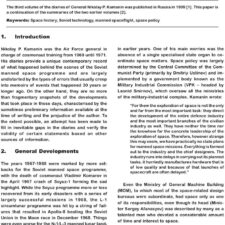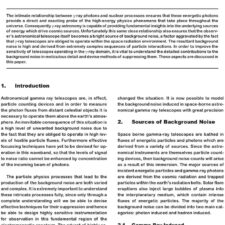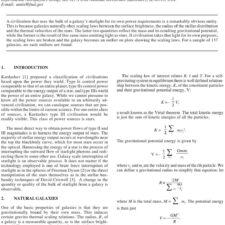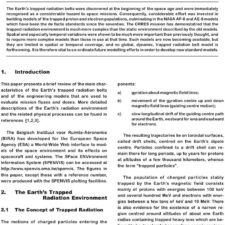Variable Conductance Heat Pipes for Long-Lived Venus Landers
£5.00
C. Tarau et al. (2010), JBIS, 63, pp.336-344
Refcode: 2010.63.336
Keywords: VCHP, Alkali Metal Heat Pipes, Venus Lander Thermal Management.
Abstract:
Long-lived Venus Landers require cooling, which can be provided with a radioisotope power converter and cooling system. Heat from a stack of General Purpose Heat Source (GPHS) modules must be delivered to the Stirling convertor with minimal ΔT. In addition, the cooling system must be shut OFF during transit to Venus without overheating the GPHS modules. The bypass heat can be removed by an alkali metal Variable Conductance Heat Pipe (VCHP) integrated with a two-phase heat collection/transport package (HTP) from the GPHS stack to the Stirling convertor. The VCHP will allow the cooling system to: 1) rest during transit at a lower temperature than the nominal one; 2) pre-cool the modules to an even lower temperature before the re-entry in Venus atmosphere; 3) work at nominal temperature on Venus surface; 4) briefly stop multiple times on the Venus surface to allow scientific measurements. In addition, the VCHP will continuously reject the excess heat if short- lived isotopes are used. This thermal management system will also improve the Stirling convertor efficiency by decreasing the temperature non-uniformities at the interface with the hot end of the heater head. A proof of concept of this thermal management system was recently completed. A five-feature flat front theory based VCHP model was developed and a four- feature proof of concept VCHP was designed, built and successfully tested. The five-feature VCHP model predicts that the Stirling convertor can: 1) rest during transit at ~100°C lower temperature than the nominal one (~1200°C); 2) pre-cool the modules, lowering the temperature by another ~85°C; 3) work at nominal temperature of ~1200°C on Venus surface; 4) stop working (for short periods of time on Venus surface with a relatively small vapor temperature increase of ~ 6-9°C and 5) reject excess heat during the entire mission if short-lived isotopes are used. The four-feature proof of concept test setup was a sodium-stainless steel VCHP. The experimental data fully validated the model.





